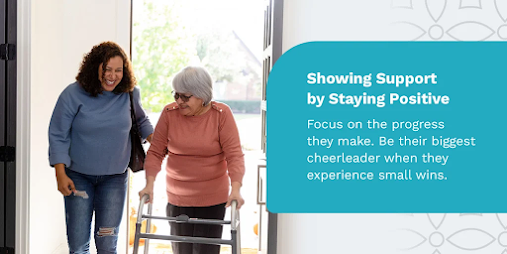Whether a surgical procedure is perceived as minor or major by healthcare providers, it can be a significant, life-changing event for the patient. Nurses play an essential role in assessing and intervening to help maintain the patient's self-concept and identity after surgery. 🏥 Showing Support..
Nurses can greatly influence how patients perceive their surgical experience, their body image, and the speed and effectiveness of their recovery. 💪
To assist patients in coping with surgery, consider the following strategies:
- Preoperative Changes: Patients must often remove their clothing, alter their usual appearance by taking off makeup, nail polish, and jewelry, and don an unfamiliar hospital gown and caps. This stark change can be disorienting. 😳
- Postoperative Appearance: After surgery, patients may look drastically different due to swelling, drooling, dry mouth, or the presence of drains and dressings. The inability to perform basic activities, like getting out of bed, can heighten feelings of vulnerability. 😓
- Emotional Impact: Surgery can be particularly hard for individuals who are generally independent and take pride in their appearance. This experience may have a lasting effect on their self-image. 😔
- Long-Term Considerations: If a patient faces long-term changes to their self-concept, nurses must stay vigilant in assessing any related behaviors. Indicators that a patient is struggling with body image issues can include avoiding mirrors, not checking their incisions, or refusing visitors. 👀
- Future Concerns: Patients may also worry about their ability to return to work, care for their families, or engage in activities they once enjoyed. Nurses need to engage patients in discussions about these concerns and refer them to social workers or psychologists if needed. 🏡
- Family Involvement: The patient’s family is crucial in evaluating and supporting the patient's self-concept throughout the recovery process. 👨👩👧👦
- Preoperative Assessment: Conducting thorough preoperative assessments can help nurses monitor any changes in the patient's self-concept resulting from surgery. 🔍
Here are some nursing actions to support patients in managing their self-concept:
- Ensure the patient's privacy. 🤫
- Maintain personal hygiene and cleanliness. 🧼
- Regularly empty drains. 🚰
- Keep the patient's environment tidy and organized. 🧹
- Openly discuss any concerns with the patient. 🗣️
- Communicate with the family to provide support as they assist their loved one. 🤝
**References**
Source Site-https://www.learningnurse.org/index.php/e-learning/nuggetshttps://corewoodcare.com/news/supporting-loved-ones-after-surgery/ https://www.vnshealth.org/homecare/after-surgery-care/
Credit-Marcucci, L. (Ed.). (2010). Avoiding Common Nursing Errors. Lippincott Williams and Wilkins.
#Nursing #PatientCare #SurgerySupport #MentalHealth #CopingWithSurgery #SurgerySupport #PatientRecovery #MentalHealth #SurgicalJourney #HealingProcess #BodyImage #PatientCare #EmotionalSupport #HealthcareHeroes #NursingCare #PostSurgery #SurgeryAwareness #WellnessJourney #MindfulRecovery


